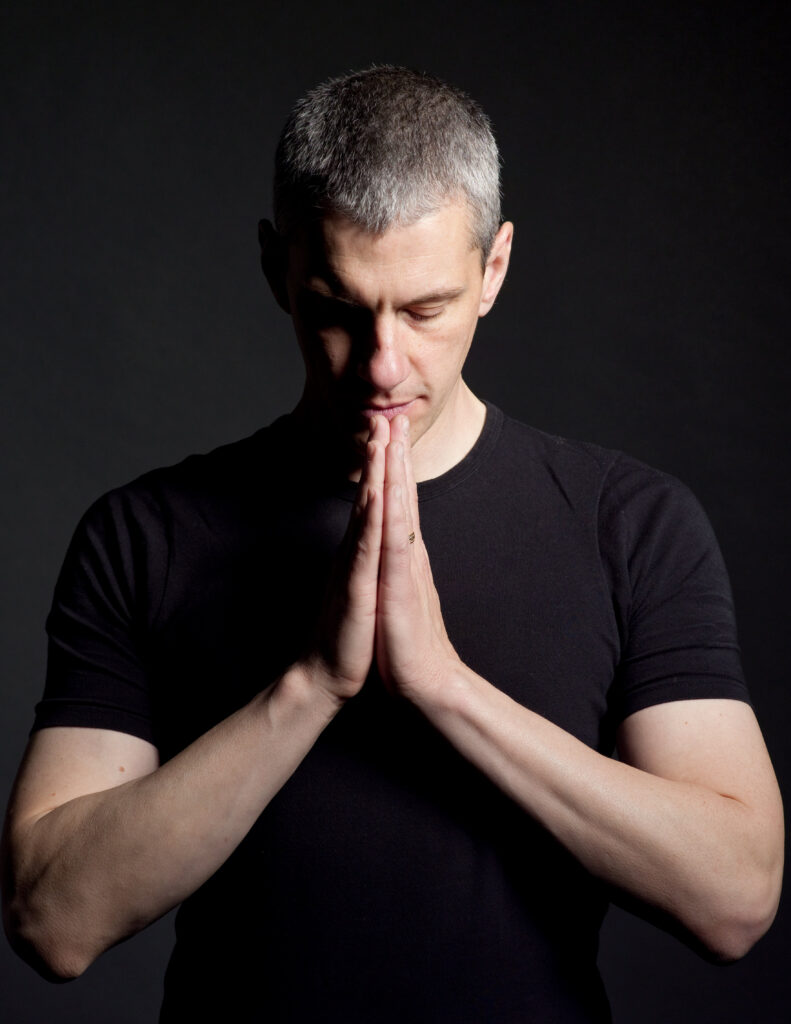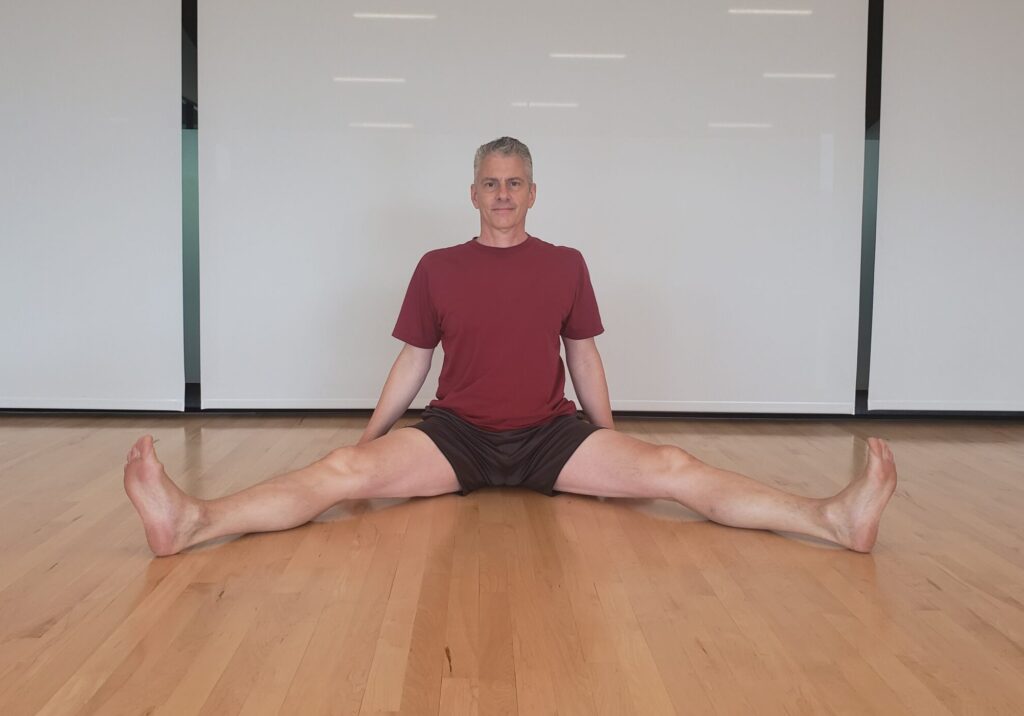Anjali Mudra

the most common yoga gesture

I think it’s safe to say that most of us are familiar with bringing our hands together in Anjali Mudra (often translated as “Salutation Seal”, or more commonly “Prayer Position”), even if we don’t know the Sanskrit name for it.
We come to the end of a yoga class, rising up from Savasana to a seated position, and press our palms together in front of our sternum. We join with the teacher in saying Namaste before putting our props away and wandering back out into the “real world”.
Maybe you know this hand position from religious services when we bring our hands together in prayer. Or you remember saying grace at the dinner table as children.
Whatever the source, the gesture is familiar and present in virtually every culture to express humility before the Divine, supplication to a Higher Power, or contemplation of a spiritual nature. It’s a sign of respect or a silent greeting in many Asian countries.
You had me at “hello”
While Anjali Mudra can be thought of as a greeting or a farewell, its significance goes beyond a simple “hello” or “goodbye”. Pressing the palms lightly together is thought to connect the right and left sides of the brain, and this unification is actually one of the direct meanings of the word “yoga”, often literally translated as “to yoke or to join together”. Beyond unifying the two hemispheres of the brain or joining the hands together, Anjali Mudra symbolizes the practitioner’s connection to the divinity in all things, all lifeforms.
The gesture is often incorporated into Indian dance and can be seen in all sorts of Indian art, from paintings to sculptures, and is mentioned in some of the ancient texts.
The gesture can help bring focus to the mind and calm the nerves, and it can be incorporated into many yoga poses, including Utkatasana (Chair Pose), which I wrote about last month.
Anjali Mudra as a practice
The beautiful thing is, you can incorporate this mudra into your daily life very easily. Take a moment to sit quietly and focus on the rhythm of your breathing. Bring your hands together in front of your chest, fingertips pressing gently together. There can be some space between your palms if you like. Rest your thumbs along your sternum. You might stay in this position for a few breaths or for several minutes. You might incorporate Anjali Mudra into meditation or use it simply to improve your focus and stay present.
However you use Anjali Mudra, know that it has a long lineage and a broad contemporary use. Notice what comes to you in the silent moments you spend with it and recognize the power of stillness it embodies.

Lindel Hart teaches yoga online for PerfectFit Wellness. He lives in Western Massachusetts and teaches at Deerfield Academy, a private residential high school, as well as at Community Yoga and Wellness in Greenfield, MA. Visit his website, Hart Yoga.




